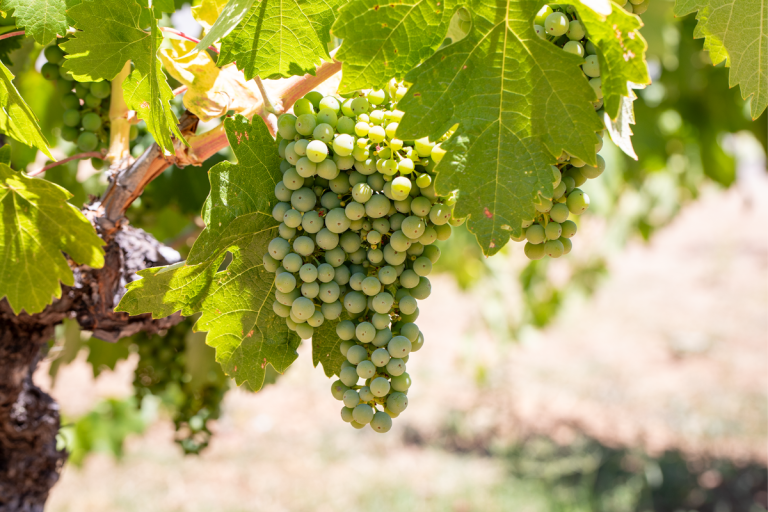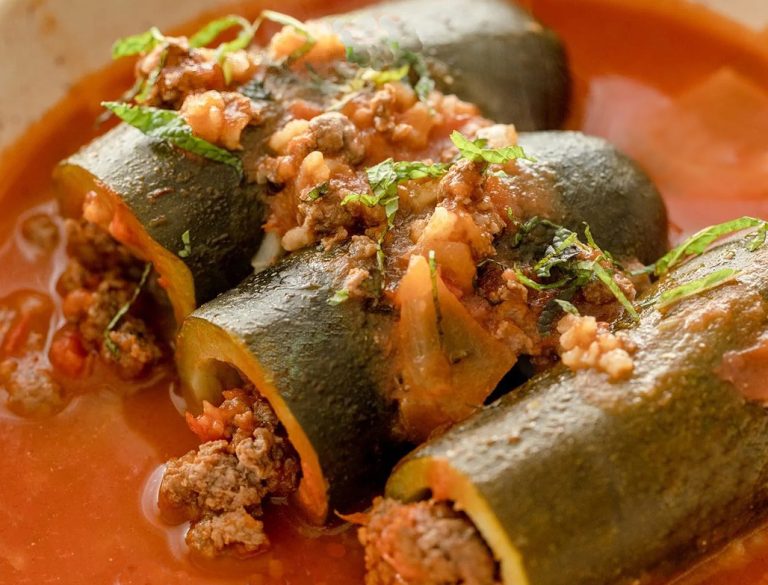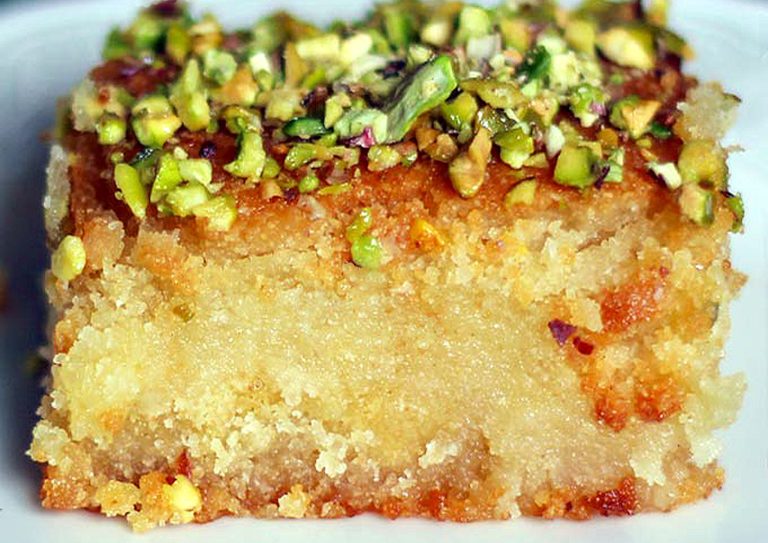Published with permission from LuxuryWeb Magazine
Amid the often dire predictions surrounding global warming, there is one industry reaping unexpected benefits from rising global temperatures: winemaking. Despite the numerous negative impacts of climate change, warmer temperatures have proven advantageous for vineyards around the world, enhancing the quality of their wines.
At several recent winemaker dinners, I was delighted to discover exceptional wines from diverse regions, including France’s Bordeaux, Argentina’s Uco Valley, Italy’s Montepulciano and Abruzzi vineyards, the Venezia region’s Pinot Grigio, and numerous Greek Macedonian estates.

Weather plays a crucial role in determining the quality of a vintage. The amount of rain and the temperature during the grape growing season, combined with the vineyard’s soil and the expertise of the agronomist and winemaker, all contribute to the final product. Warmer days help grapes mature properly and develop an optimal amount of sugar, resulting in better wine.
Two recent wine dinners I attended highlighted the promising future of exceptional vintages. The first dinner featured the owner of a Bordeaux Grand Cru vineyard, who also produces wine in Argentina’s Uco Valley. It’s fascinating to note that several top French winemaking families have been acquiring land in Argentina, producing remarkable wines at the eastern foothills of the Andes.
Success
You are now signed up for our newsletter
Success
Check your email to complete sign up
RELATED: Dive Into Cider: A Timeless Beverage with a Rich History
Veronique Bonnie, our hostess, and her family own Château Malartic-Lagravière, a Bordeaux Grand Cru wine producer, as well as Bodega DiamAndes, which produces outstanding wines in Mendoza’s Uco Valley, under the shadow of the Argentinean Andes. The unique terroir of Malartic-Lagravière, with its exceptional gravel slopes, significantly contributes to the quality of its wines.

Delicious pairings
The dinner began with a choice of appetizers: Bluefin Tuna Tartare with avocado or Grilled Octopus. I opted for the grilled octopus, which, though not as exquisite as the Greek sun-dried, charcoal-grilled version, was quite acceptable.
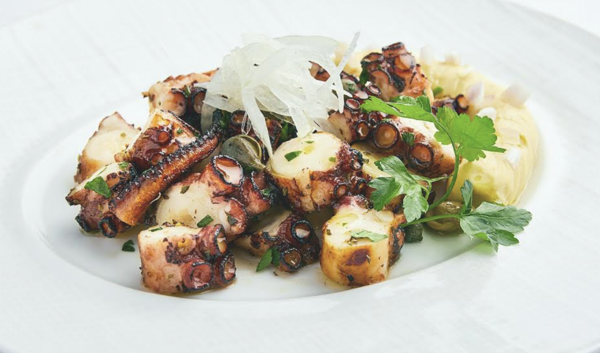
The wine pairing included the DiamAndes Grande Reserve Chardonnay 2022, a young, aromatic, slightly acidic wine that will improve with a few more years of aging, and the Malartic-Lagravière Blanc, a complex and elegant white blend of Sauvignon Blanc and Semillon, which complemented the seafood perfectly.
For the main course, options included Blackened Mahi Mahi with snow peas, mushrooms, napa cabbage, and spicy mango sauce, or a Grilled, Dry-Aged Prime Sirloin with roasted garlic and house-made steak sauce, accompanied by crispy Brussels sprouts and Yukon potato puree.
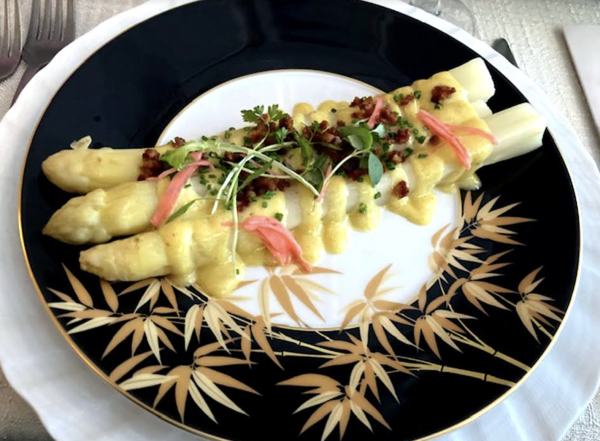
Given the three exceptional reds paired with the main course, I chose the Sirloin. The wines, all from Argentina, included a 2020 DiamAndes Malbec, a 2021 DiamAndes Cabernet Franc, and a 2019 DiamAndes Grande Reserva. I preferred the well-aged 2019 Grande Reserva, though the Malbec and Cabernet Franc were also good but could benefit from more cellar time.
The meal concluded with a cheese plate paired with the 2016 Chateau Malartic Lagraviere Rouge and the DiamAndes Grande Reserve 2006. The well-aged Grande Reserve 2006 was delightful with the cheese assortment, while the younger Chateau Malartic also paired well with the more pungent cheeses.
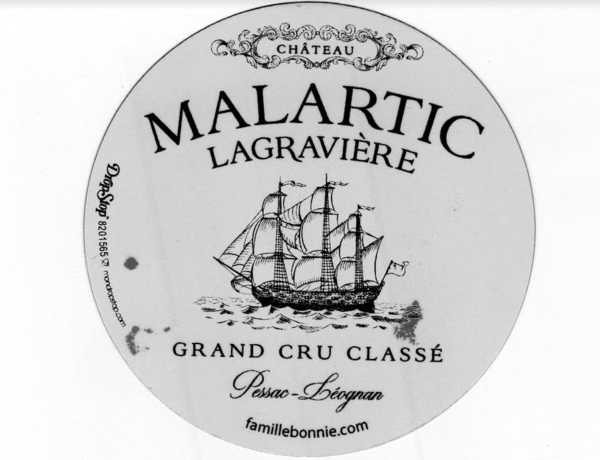
Another event I attended was a lunch with Pablo Alvarez of TEMPOS/Vega-Sicilia, which produces wines in Spain’s Ribera del Duero and Hungary’s Tokaj region. It had been some time since I tasted wines made from Furmint grapes, the Hungarian Tokaji grape par excellence. Modern Tokaji wines now include demi-sec and dry versions, which, along with their traditional sweet dessert wines, have considerable cellaring potential.
From the Hungarian winery, we tasted the 2021 Mandolás, the full-bodied and spicy Petrács 2020, the silky and balanced 2022 Late Harvest, and the 2017 Aszú 5 Puttonyos, reminiscent of pre-war famous Tokaji sweet wines. These wines, with low alcohol content and high residual sugar, were exceptional.
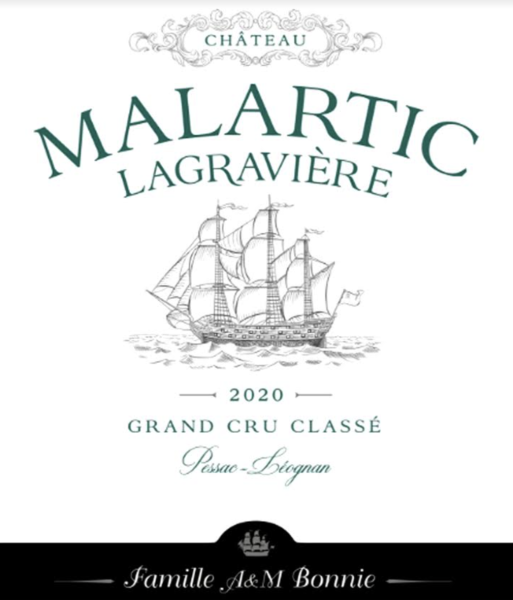
From Spain’s Sierra de Cantabria slopes, we sampled the 2020 Macán Clasico, the 2019 Macán, and the 2019 Valbuena 5º. Both Macán wines, made from the classic Spanish Tempranillo grape, are drinkable now but will improve with additional aging. The Valbuena, a blend of Tinto Fino with a touch of Merlot, has the potential for extensive aging.
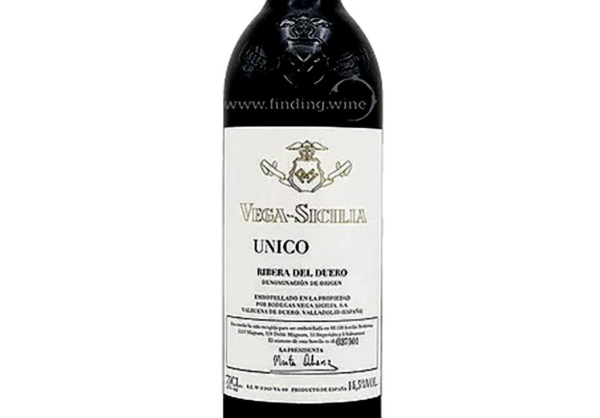
The highlight of the tasting was the 2014 Unico, a blend of Tinto Fino and Cabernet Sauvignon. Though currently a bit harsh, it promises to reward patient cellaring for another 15 to 25 years, making it a worthy investment for wine aficionados.
In conclusion, while global warming presents many challenges, it has also led to improved wine quality worldwide. As long as temperatures remain within optimal ranges, wine drinkers can look forward to enjoying better wines made from riper grapes than ever before.
Visit LuxuryWeb Magazine to see the original article and more.



